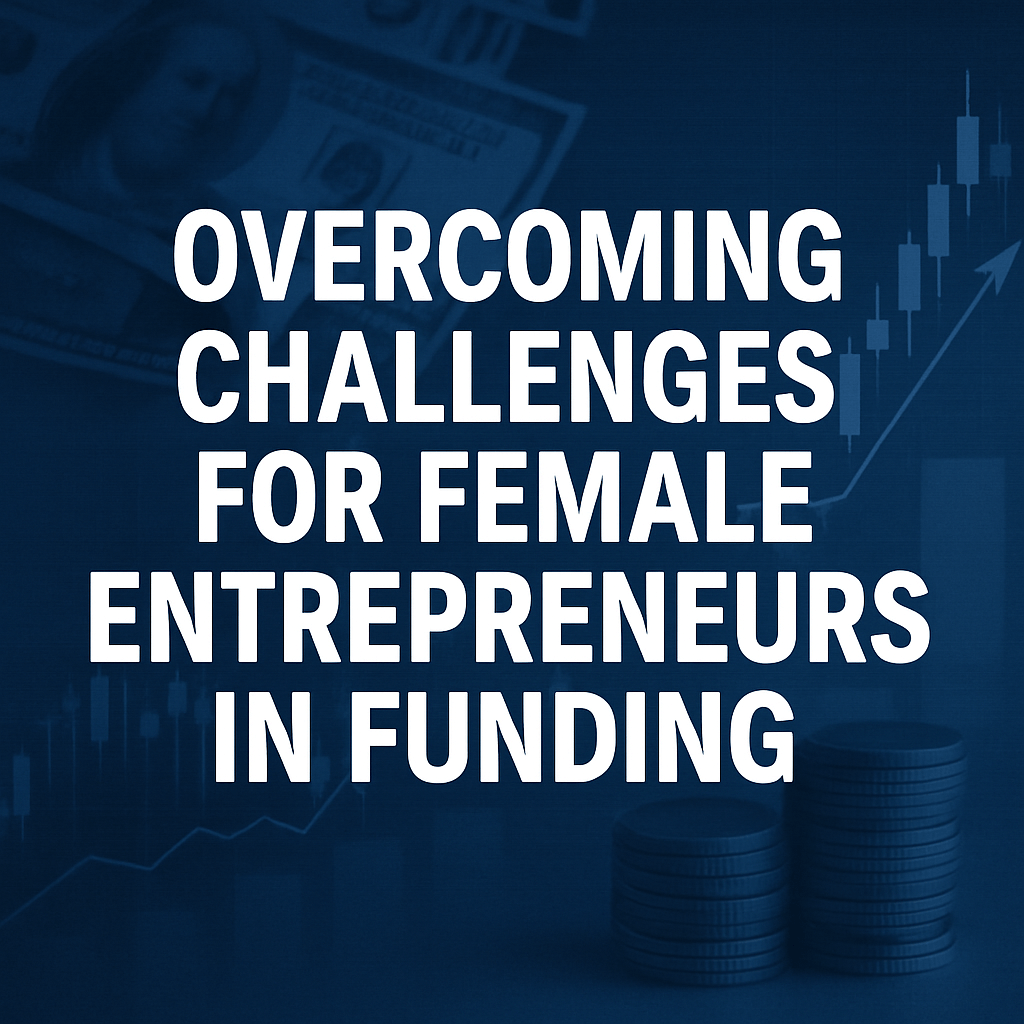Overcoming Challenges for Female Entrepreneurs in Funding

Female entrepreneurs across the UK continue to face a pronounced disparity in access to business debt and equity financing. A recent analysis of more than 50,000 UK firms by finance broker Swoop Funding highlights that male-led businesses hold £9.5 billion (€11.2 billion) in outstanding debt—12 times greater than the £769 million (€904.7 million) taken on by female-led firms. This article expands on those findings with a technical examination of credit‐scoring algorithms, expert perspectives on venture capital decision‐making, and policy recommendations to close the gap.
Quantifying the Disparity
The Swoop Funding report shows average business debt of £315,000 (€370,604) for male-led companies versus £91,000 (€107,035) for female-led ones. Yet averages mask distributional nuances:
- Median debt levels are £200,000 for men and £60,000 for women, indicating a long tail of highly leveraged male-led firms.
- Standard deviation in debt for male founders is £450,000, compared with £120,000 for female founders, reflecting greater willingness or capacity among men to seek larger facilities.
- The average debt-to-equity ratio for male-led SMEs stands at 1.8x, versus 1.2x for female-led firms—suggesting differences in growth strategies and capital structures.
Underlying Causes
Structural and Cultural Factors
Societal stereotypes and historical underrepresentation of women in senior finance roles can affect both networking opportunities and investor perceptions. As Andrea Reynolds, CEO of Swoop Funding, notes:
“Many women start businesses from a kitchen-table baseline, often bootstrapping rather than borrowing. Men tend to ask for funding earlier in the process.”
Technical Deep Dive: Credit Scoring and Gender Bias
Algorithmic credit models typically ingest hundreds of variables—company age, turnover volatility, director credit history, sector risk scores, and others. However, proxies such as postcode or educational background can introduce disparate impact on underrepresented groups. Key technical points include:
- Feature selection: Overreliance on historic default rates by gender-correlated sectors can skew scorecards.
- Threshold setting: Risk-based capital models require lenders to hold extra reserves for higher perceived risk, raising interest rates for flagged profiles.
- Fairness metrics: Measures like the Disparate Impact Ratio (DIR) and Equal Opportunity Difference (EOD) help auditors detect bias. Regulators in the UK are encouraging lenders to publish these metrics annually.
Expert Perspectives on Venture Capital Decision-Making
VC investors evaluate opportunities using metrics such as projected Internal Rate of Return (IRR), Multiple on Invested Capital (MoIC), and time to liquidity. Dr. Sarah Johnson, a fintech researcher at the University of Cambridge, observes:
“Pitch decks often underplay financial projections for women-led startups. When assumptions lack granularity—unit economics, customer acquisition cost (CAC), lifetime value (LTV)—it hurts the probability scoring in term‐sheet negotiations.”
Data from the British Business Bank underscores that for every £1 of venture capital deployed, all-female teams receive under 1 pence, while all-male teams receive 89 pence.
Alternative Funding Models
To circumvent traditional bias, female founders are increasingly turning to:
- Crowdfunding platforms with community-based due diligence and social proof mechanics.
- Revenue-based financing where repayments are tied to a percentage of monthly revenues rather than fixed instalments.
- Peer-to-peer lending marketplaces leveraging AI-driven credit assessments that incorporate non-traditional data (e.g., transaction data, e-invoice history).
- Female-focused angel networks such as the UK’s Investing in Women Code signatories, which have committed to measurable targets for women-led investment.
Policy and Industry Recommendations
- Mandate publication of algorithmic fairness audits by major lenders under FCA oversight.
- Increase targeted marketing of start‐up loans and grants to female founders during the critical first three years of trading.
- Expand mentorship programmes such as the Prince’s Trust Women Entrepreneurs Programme to include financial modelling workshops.
- Establish a centralized data repository for gender‐disaggregated lending statistics to enhance transparency.
Long-Term Financial Strategies for Founders
Securing financing is only the first step. Effective deployment requires:
- Robust financial planning: Utilize rolling 12-month cashflow forecasts and scenario modelling to stress-test liquidity under different growth rates and interest‐rate environments.
- Capital structure optimization: Balance equity dilution against debt-service coverage ratios (DSCR) to maintain flexibility for future funding rounds.
- Performance tracking: Implement KPI dashboards monitoring CAC:LTV ratio, gross margin progression, and run‐rate revenue to demonstrate operational traction to lenders and investors.
- Credit management: Regularly review your company and director credit scores, aiming for a minimum Experian score of 90+ to unlock prime borrowing rates.
Conclusion
While the gender gap in UK business debt and venture capital remains significant, advances in alternative funding models, algorithmic fairness oversight, and targeted policy measures offer a path forward. By adopting technical best practices in financial planning and leveraging specialized networks, female entrepreneurs can shorten the runway to scale and unlock the capital needed to fuel growth.